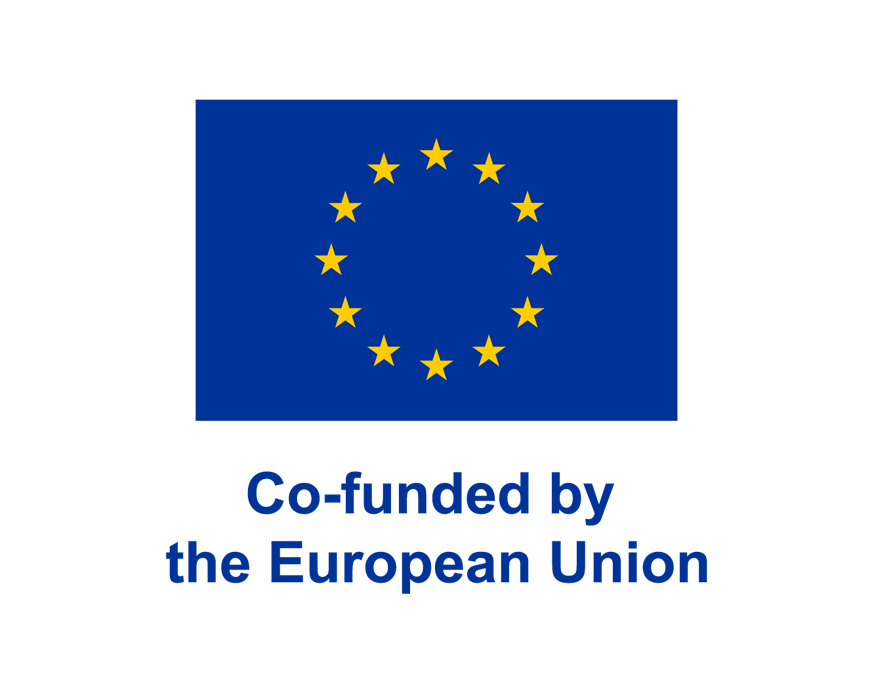At a glance
- The end of the technological development of wind turbines has not yet been reached. Turbine manufacturers are already developing turbines with heights of up to 300 meters.
- The interactions of atmospheric flows and wind energy utilization at these heights are still largely unknown.
- The European joint project FLOW will close this knowledge gap and develop an open-source tool for predicting the yield of wind farms in these new dimensions.
- Fraunhofer IWES is working on simulation models and validation cases that will also incorporate data from field tests at the test site in Bremerhaven.
The challenge
To achieve its goal of becoming the first climate-neutral continent in 2050, the European Union needs a large stock of wind farms. This will require wind turbines with a total capacity of 300 GW offshore and 760 GW onshore, and wind turbine manufacturers are designing ever-larger turbines in order to provide this power. Developments with turbine heights of up to 300 meters and power ratings of up to 30 MW are already in the pipeline. However, the larger the turbines become, the more strongly the rotor blade edges are influenced by turbulent atmospheric flow properties.
The solution
The atmospheric conditions for wind energy utilization at these heights and with turbines of these sizes remain largely unstudied. This is where the European joint project FLOW comes in. The aim of the project partners is to develop new prediction methods for the yield assessment and load performance of large offshore and onshore wind turbines measuring up to 400 meters in height.
Knowledge of atmospheric flow physics and the interplay between the happenings in the wind farm (microscale) and large-scale processes (mesoscale) will also be improved at the same time. This will make it possible to understand better and take into consideration phenomena such as interactions between farms or topographic turbulences and wake effects. FLOW will develop simulation instruments, validate them, and make them available to industry. The result will be an open-source tool for predicting the yield of wind farms in these new dimensions.
The added value
Among other duties, Fraunhofer IWES will work on validation cases for testing the developed simulation models. This will be done using data from field tests at the test site surrounding the 8 MW turbine in Bremerhaven among other things. In addition, Fraunhofer IWES will also be involved in the development of models used to simulate the interactions within the complex system of atmospheric influences and wind turbines.
